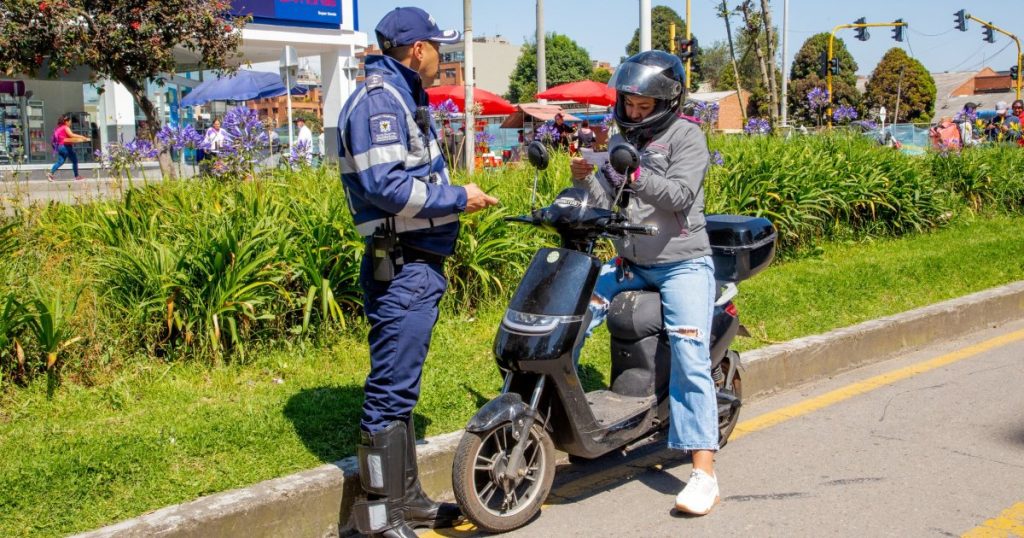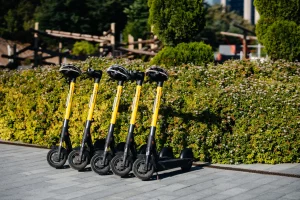The uncontrolled growth of mopeds in Colombia has raised concerns among key mobility stakeholders. While they are electric vehicles, their circulation without proper regulation or oversight poses legal and road safety risks that authorities must urgently address.
Mopeds in Colombia: growth without regulation
In 2024, moped imports in Colombia increased by over 700%, while formal registration of these vehicles dropped by 51% between 2022 and 2024, according to the Motorcycle Industry Chamber of ANDI. Many are sold as if they were electric bicycles, with no requirement for insurance (SOAT), registration, or a driver’s license, allowing them to circulate without meeting basic legal conditions.
Informality has spread to the point that these vehicles are even sold in drugstores and other non-specialized retail outlets, with no warnings about legal obligations or safety recommendations.
Read more: Verge TS Pro Sets Guinness World Record for Longest Ride on a Single Electric Charge
Distinguishing mopeds from electric bicycles
An electric bicycle must weigh under 35 kg, have a motor of up to 350W, and provide pedal-assist up to 25 km/h, with the motor only working while pedaling.
In contrast, mopeds in Colombia may have up to 4000W of power, exceed 25 km/h, and feature a throttle, meaning they do not require pedaling. As such, they are more like motorcycles, which do require insurance, registration, a driver’s license, and mandatory helmet use.

Mopeds in Colombia and the risks to road safety
The unregulated use of mopeds in Colombia presents a real threat to road safety. Inexperienced riders, without licenses or safety gear, riding on bike lanes or public roads, put pedestrians, cyclists, and themselves at risk.
Moreover, the lack of clear regulation distorts the electric mobility market, harming those who do comply with the law and contribute to the sector’s formal development.
Seven urgent solutions to regulate mopeds in Colombia
Private stakeholders have already proposed clear actions. The Motorcycle Industry Chamber of ANDI has suggested the following concrete measures:
- Strengthen controls at ports, warehouses, and retail outlets.
- Penalize misleading advertising of mopeds.
- Train traffic authorities on current regulations.
- Launch educational campaigns on safety and legal requirements.
- Update legal classifications for electric two-wheelers.
- Coordinate local and national efforts for enforcement and regulation.
- Adapt regulation in key cities like Bogotá.
Regulate, educate, and move toward safer mobility
This phenomenon should not be seen as a threat to sustainability, but as an opportunity. Regulating mopeds in Colombia will protect lives, ensure regulatory fairness, and support the development of truly responsible electric mobility.
It’s not about stopping innovation, but guiding it. With clear rules, active oversight, and public education, mopeds can become allies in the urban energy transition, as long as they operate with safety and legality.
Join us at the Latam Mobility Summit Medellín 2025
To keep the momentum going, we invite you to the Latam Mobility Summit Medellín, taking place on June 4–5, 2025, at the ‘Orquideorama’, located inside the Medellin Botanical Garden.
This event will bring together public and private sector leaders, startups, multilateral organizations, and international experts to promote solutions in sustainable mobility, EV infrastructure, and smart cities.

With insightful panels, keynote speeches, and unmatched networking opportunities, this Summit is the must-attend event for driving change in Latin America’s transportation sector. See you there!







